Posts Tagged ‘Airlines’
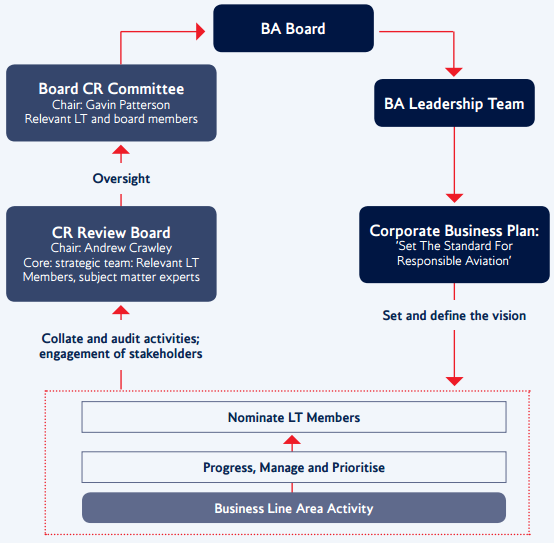
British Airways CSR programs focuses on the following three core areas: Climate Action Noise and Air Quality Resource Management British Airways SCR strategy relies on four primary risk management criteria when measuring the impacts of environmental risks of business operations: Risk impact Probability Velocity Timeframe British Airways Corporate Responsibility Committee chaired by non-executive director – Gavin Patterson deals with the issues of sustainability and it is composed as illustrated in figure below: Structure of British Airways Corporate Responsibility Committee The company releases Environmental Performance Report annually and it includes the details of CSR programs and initiatives engaged by the company. Table 3 below illustrates highlights from the latest report for 2015: Categories of CSR activities British Airways Performance Supporting local communities The airline is committed to minimizing the noise impact on local communities. British Airways is working towards an overall reduction in average noise per flight by 15 per cent by 2018 compared to 2008 Educating and empowering workers The company has world class training academy full-scale cabin mock-ups, door simulators, a fire-ground and full height evacuation slides British Airways’ Community Learning Centre has welcomed around 100,000 people since opening in 1999 Labour and human rights The airline’s potential suppliers are required to complete Corporate Social Responsibility (CSR) questionnaire. This insures that their working conditions complies with International Labour Organisation standards Employee health and safety The airline’s Safety Committee systematically ensures that appropriate safety resources and procedures are in place Gender equality and minorities No relevant information found Environment a) energy consumption b) water consumption c) recycling d) CO2 emissions British Airways is striving for 20 per cent reduction in energy usage by 2020 compared to 2013 No relevant information found British Airways aims to achieve 60 per cent recycling by 2015 at its main bases of Heathrow…
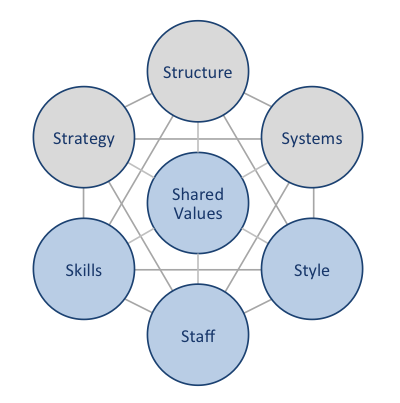
British Airways McKinsey 7S framework illustrates how seven individual elements of the airline business are aligned to increase the overall effectiveness of the business. McKinsey 7S divides elements into hard and soft groups. Strategy, structure and systems represent are considered as hard elements, whereas shared values, skills, style and staff represent soft elements. As it is illustrated in the figure below, shared values are positioned at the core of British Airways McKinsey 7S framework, since shared values guide employee behaviour with implications in their performance. British Airways McKinsey 7S Framework Hard Elements Strategy. British Airways pursues the business strategy of service differentiation. Specifically, the airline differentiates its services via an extensive reliance on digitalization and information technology and a high level of customization of service provision. An aggressive international market expansion is another important element of British Airways business strategy and in 2016 alone the airline company is expected to fly to more than a dozen new routes.[1] Structure. British Airways is owned by International Airline Group (IAG), the largest airline group in Europe that also owns Iberia, Vueling and Aer Lingus. British Airways organizational structure is hierarchical reflecting the large size of the business. The new CEO Alex Cruz is expected to introduce de-layering initiatives into British Airways organizational structure as a part of his wide-scale cost-cutting measures. Systems. Apart from the standard set of organizational systems such as employee recruitment and selection system, performance appraisals system, quality control system, complaint handling system and others, British Airways also maintains a number of industry-specific systems. These include, but not limited to passenger check-in system, baggage handling system, in-flight entertainment system and others. British Airways Report contains a detailed discussion of British Airways McKinsey 7S framework. The report also illustrates the application of the major analytical strategic frameworks in business studies such…
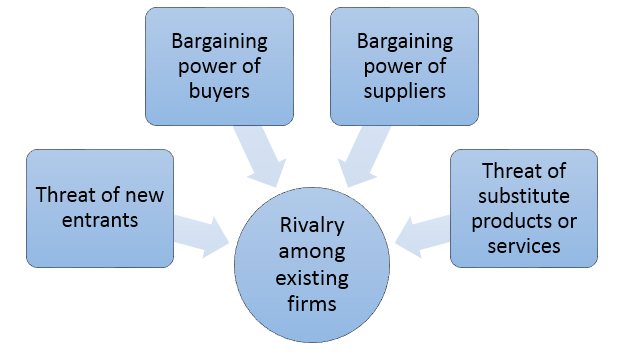
British Airways Porter’s Five forces analysis is an analytical framework developed by Michael Porter (1979)[1]. The framework distinguishes between five individual forces that shape the overall extent of competition in the industry and studies them. These forces are represented in Figure 1 below: Figure 1 British Airways Porter’s Five Forces Threat of substitute services for an airline is not significant. It has to be clarified that although there is a substitution for air travel, represented by other modes of transportation such as vehicles and sea transports, air travel remains as the fastest form of travel. From this point of view, it can be argued that there is no substitution to airplanes to travel thousands of miles in a matter of few hours. At the same time, rapidly developing internet-based information and communication technologies represent indirect substitution for air travel. For example, an intensive development of communication technologies during the last decade presented the opportunities of real-life video conferencing, thus eliminating the necessity for long-distance travels for business and other meetings. Threat of new entrants into the airline industry is low. Major capital requirements is one of the most significant barriers for new market entrants. As it is illustrated in Figure 2 below, the cost of Boeing aircrafts, one of the most popular airplane brands, can reach USD 400 million and there are no aircraft from reputable manufacturers with a price tag of less than USD 70 million. Figure 2 Average prices for Boeing aircraft in 2015, by type (in million U.S. dollars)[2] Lack of access to distribution channels represents another significant barrier for new market entrants into the airline since. This is because it may prove to be difficult to find free slots and runways in the major international airports such as Heathrow Airport in UK and JFK airport in…
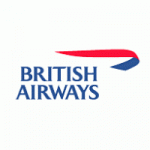
British Airways marketing communication mix integrates the elements of print and media advertising, sales promotions, events and experiences, public relations and direct marketing in the manners discussed below. Advertising British Airways uses print and media advertising as an important part of its marketing strategy. In one of the most notable cases, in January 5, 2016, the airline took over all of the advertising space in popular Time Out London travel magazine as part of an ambitious marketing campaign.[1] British Airways television ads are marked with appeal to basic and important human emotions such as love, kindness and excitement. For example, ‘Fuelled by Love’ video clip advertisement directed by Neeraj Ghaywan tells the tale of Helena Flynn, a flight attendant who falls in love with India. “The ad is full of small moments of human kindness—from helping an old woman put on her socks to inviting a stewardess in a strange land into your home and heart”[2] Importantly, British Airways also sells its own advertising space on its online and offline platforms. The airline’s online advertising platform is its official website ba.com, whereas offline advertising platforms include traveller boarding passes and advertising spaces in 54 British Airways lounges worldwide. Moreover, viral marketing is being increasingly integrated into British Airways marketing strategy. The airline frequently taps into the sentimentality of many expatriates’ desires to visit their faraway homelands and families[3]. Successful viral marketing campaigns ‘Visit Mum’ and ‘The Welcome of Home’ can be mentioned to justify this point. Sales Promotion British Airways uses sales promotions during festive seasons and other occasions. Specifically, the airline uses the following forms of sales promotions: 1. Money off coupons. Various vendors, travel companies and websites such as retailmenot.com, coupons.com, couponcabin.com and fyvor.com offer discount coupons for British Airways travel tickets. However, British Airways does not offer…
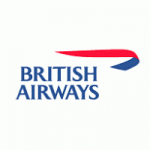
British Airways 7Ps of marketing integrates important elements of the marketing mix that need to be addressed by marketing managers taking into account taking into account the characteristics of the target customer segment. The most important elements of the marketing mix that consists of product, place, price, promotion, process, people and physical evidence. In January 2015 British Airways announced that “will split its marketing department and bring the unit closer to its commercial operations as part of a major restructure”.[1] Product. British Airways offers airline services of a premium segment. A high level of service customization and the abundance of choice is one of the core advantages of the airline’s competitive advantage. For example, in the World Traveller cabin, customers can choose from a wide range of Taste of the Far East’, ‘Gourmet Dining’, ‘Taste of Britain’, ‘Great British Breakfast’, ‘Healthy Choice’ and ‘Vegetarian Kitchen’.[2] Moreover, the airline’s service provision is associated with a high level of digitization and an extensive integration of information technology. For example, in 2015 British Airways launched its app for the Apple watch. A simple swipe opens the British Airways app, which was re-designed to fit the Apple Watch screen. It then displays a summary of the customer’s next flight, the flight number, route, departure time, flight status, a countdown to the departure time and the weather at the destination.[3] Place. British Airways flies to more than 400 destinations worldwide and it has the greatest presence in Heathrow, Gatwick and London City airports. British Airways utilizes online sales channel to sell its tickets and air tickers can also be purchased offline via sales agents and other intermediaries. The range of sales support measures offered by the airline include the possibility to hold flights and the price for up to 72 hours after the booking. Price. British…
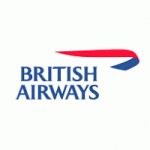
The acronym PESTEL stands for political, economic, social, technological, environmental and legal factors affecting businesses. Accordingly, British Airways PESTEL analysis involves an analysis of the impact of these external factors on the airline. Political Factors British Airways is a major international airline that flies to more than 400 destinations worldwide. Political stability and the perception of safety by the population is an important political factor that has a tremendous impact on British Airways. A stark illustration of this claim may refer to terrorist attacks at Brussels airport in March 2016, which caused the decline of IAG share price, British Airways’ parent company by 1.5 per cent[1]. Moreover, recently the airline found itself to be engaged in a political debate for demanding a third runway at Heathrow airport from the UK government. Specifically, “the boss of British Airways has warned he could seek to expand the airline overseas if the Government “twiddles its thumbs” over a third runway at Heathrow”[2] Generally, apart from political stability, a wide range of political factors affecting British Airways include the level of bureaucracy, the extent of corruption, home market lobbying activities, activities of trade unions and others. Activities of trade unions in particular have proved to be a major factor affecting the airline to a considerable extent during the past years. Economic Factors Certain economic factors such as the inflation rate, currency exchange rates and the overall economic climate in the UK has direct and important implications on British Airways performance. The cost of fuel is another significant economic factor for British Airways, since the Group used approximately 5.7 million tonnes of jet fuel in 2015 only.[3] For example, in 2015, British Airways expenses on fuel decreased by £484 million, or 13.8 per cent compared to the previous year despite the increasing scope of operations[4].…
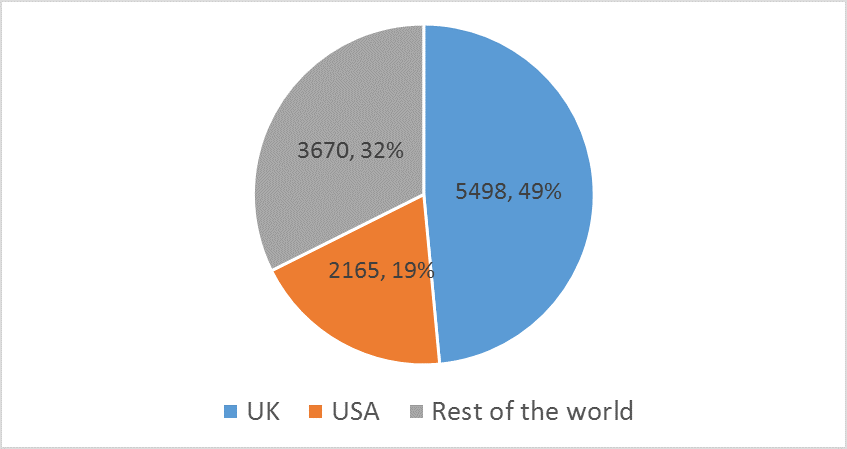
British Airways SWOT analysis is a strategic analytical tool that facilitates the analysis of strengths, weaknesses, opportunities and threats related to the business. The following table illustrates British Airways SWOT analysis: Strengths 1. Economies of scale due to its large size 2. Strong brand image 3. Market leadership in the UK 4. High level of service digitalization and effective integration of IT and internet Weaknesses 1. Overdependence on the UK market 2. Low return on invested capital (ROIC) 3. Constrained capacity of Heathrow airport 4. Lack of experience of the new CEO Alex Cruz in leading the premium segment airline Opportunities 1. Formation of strategic cooperation with other businesses in airline and catering industries 2. International market expansion 3. Benefiting from synergy via Closer integration between IAG’s operating airlines 4. Improving relations with unions Threats 1. Further intensification of competition 2. Terrorist attacks 3. Service distuptions due to employee strikes 4. Escalation of the conflict with the UK government British Airways SWOT analysis Strengths 1. British Airways flies to more than 400 destinations worldwide and its parent company International Airline Group (IAG) also owns Iberia, Vueling and Aer Lingus airlines. Thanks to the extensive scope of its operations, the business benefits from the economies of scale to a great extent. This benefit is used to further strengthen the airlines’s competitive advantage via investments in new advanced fleets and achieving a greater personalization of service provision. 2. The airline enjoys a strong brand image. In 2016 British Airways won both the Business and Consumer Superbrands awards for the second year running – the first company ever to do so. In 2015, British Airways was named by The Sunday Times and National Geographic named as best short-haul and long-haul airline. Moreover, Independent awarded British Airways the title of best European airline, while…
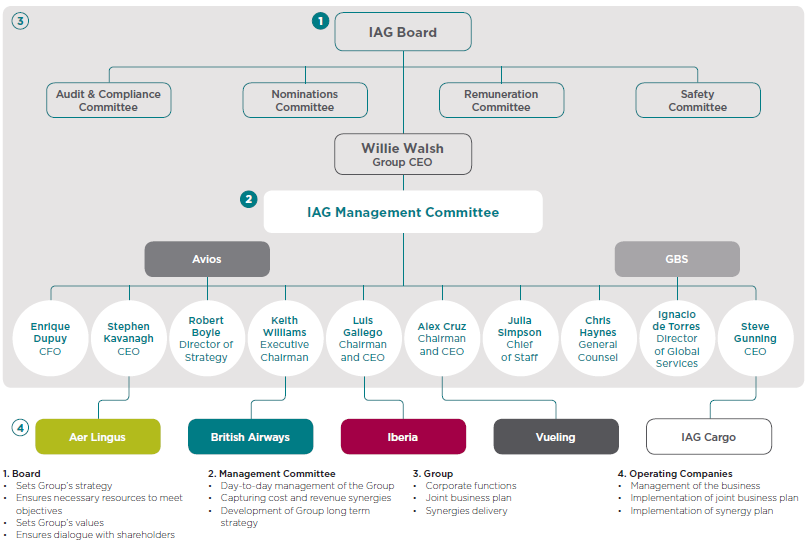
Organizational structure of a business determines the manners of which the primary objective of profit maximization is achieved. More specifically, organizational structure is the reflection of roles and tasks of employees and the scope of their contribution to the achievement of organizational objectives. British Airways is a part of International Airline Group (IAG). Along with British Airways, AIG also owns Iberia, Vueling and Aer Lingus and the airline group has the following structure: Figure 1 IAG management structure British Airways organizational structure was subjected to certain changes early in 2015. The company announced it would split its marketing team with part of the team joining the commercial department and the other forming a new customer experience team, which focuses solely on the travel experience.[1] Such a pattern of restructuring is a clear attempt to place marketing at the forefront of airline’s business strategy. The latest pattern of British Airways organizational structure before Alex Cruz took over as the new CEO from Keith Williams in April 2016 as illustrated in Figure 2 below: Figure 2 British Airways organizational structure It can be argued that British Airways organizational structure may be subjected to certain changes in the foreseeable future to reflect strategic changes to be introduced by the new CEO Alex Cruz. Specifically, “the consensus at IAG is that Cruz has done a good job at Barcelona-based Vueling, fending off budget rivals like Ryanair and EasyJet on routes around Europe”[2] and this is one of the reasons he has been appointed to lead British Airways. Accordingly, one can expect Alex Cruz will cost-cutting measures that may involve de-layering of British Airways organizational structure. British Airways Report comprises a comprehensive analysis of British Airways. The report illustrates the application of the major analytical strategic frameworks in business studies such as SWOT, PESTEL, Porter’s…
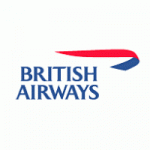
British Airways leadership reports to International Airline Group (IAG), its parent company that also owns Aer Lingus, Iberia and Vueling. The Leadership Team is made up of the Executive Directors and other key management personnel and is responsible for the day-today running of the Group and discharging managerial responsibility. British Airways Chairman and Chief Executive Keith Williams was replaced by Vueling’s Chairman and CEO, Alex Cruz in April 2016[1]. British Airways Board of Directors comprises 10 members and each director overseas a specific aspect of the business. IAG Chief Executive Officer Willie Walsh has previously served as British Airways CEO and he had the greatest impact on the airline than any other CEO before or after him up to date. Once nicknamed as ‘Slasher Walsh’ for his relentless drive to cut costs, Willie Walsh was also known for his uncompromising stance in dealing with unions.[2] Currently, IAG leader is in a controversial dispute with the government over the lack of runways in Heathrow airport. Mr Walsh has threatened that “if the government continues to dither over a new runway, then I’ll move my business elsewhere”[3]. Moreover, British Airways leadership is faced with a complex set of challenges that include intensifying level of competition from budget airlines, increasing uncertainty in the business environment and the threat of terrorist attacks. The range of initiatives implemented or being considered by British Airways leadership to address these issues include the following: Starting charging for meals in economy class on short-haul flights[4] Reducing the scope of expansion plans following attacks in Brussels in April 2016 British Airways Report constitutes a comprehensive analysis of British Airways business strategy. The report illustrates the application of the major analytical strategic frameworks in business studies such as SWOT, PESTEL, Porter’s Five Forces, Value Chain analysis and McKinsey 7S Model…
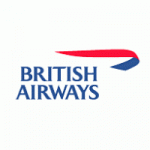
British Airways is a premium segment airline and accordingly British Airways business strategy can be specified as service differentiation. The airline aims to generate a return on capital of a minimum 15 per cent with an operating profit margin of 12 – 15 per cent.[1] British Airways business strategy focused on service differentiation is planned to be continued in the following directions[2]: Replacement or refurbishment of 99 per cent of wide-body aircraft by 2020 Improvement of in-flight entertainment in-seat power and the rollout of on-board WIFI Further investments in digital technologies to provide personalised, seamless service British Airways business strategy also relies in international market expansion strategy in an aggressive manner. In 2016 alone the airline company is expected to fly to more than a dozen new routes, including Biarritz in France, Mahon in Menorca and Palermo in Sicily. The airline also announced additional services from Heathrow and Gatwick to Krakow in Poland, Stockholm in Sweden, Split in Croatia, Berlin in Germany, Olbia in Sardinia and Gibraltar. British Airways competitive advantage is based on the following points: The highest standards of service with a focus on service personalization. The variety of choice is another important aspect of British Airways competitive advantage. For example, in the World Traveller cabin, customers can choose from a wide range of Taste of the Far East’, ‘Gourmet Dining’, ‘Taste of Britain’, ‘Great British Breakfast’, ‘Healthy Choice’ and ‘Vegetarian Kitchen’.[3] Focus on digitalization and increasing integration of information technology into various aspects of service provision and business processes. British Airways Report contains more detailed discussion of British Airways business strategy. The report also illustrates the application of the major analytical strategic frameworks in business studies such as SWOT, PESTEL, Porter’s Five Forces, Value Chain analysis and McKinsey 7S Model on British Airways. Moreover, the report…
